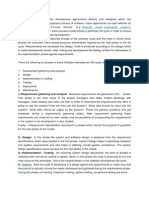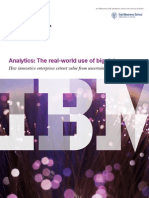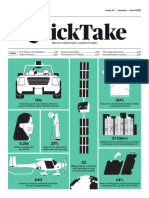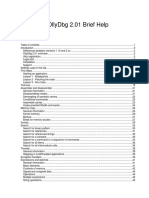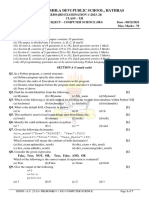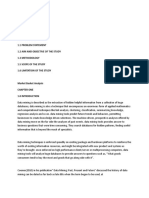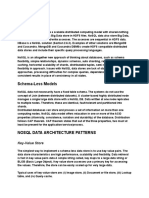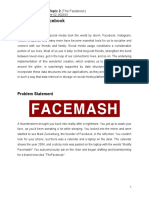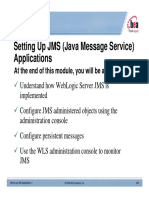0% found this document useful (0 votes)
342 views4 pagesBlockchain Technology (Distributed Ledger Technology)
Blockchain technology involves storing encrypted transaction data in distributed blocks that are chained together chronologically. It provides a secure, decentralized record of transactions. Key elements include blocks that bundle transactions, miners who verify transactions, and nodes that maintain copies of the blockchain. Blockchain offers advantages like improved accuracy, reduced costs, and security without centralized control. However, it also faces limitations regarding awareness, technical talent, immutability, key management, scalability, and achieving consensus across the decentralized network.
Uploaded by
Vivek KavtaCopyright
© © All Rights Reserved
We take content rights seriously. If you suspect this is your content, claim it here.
Available Formats
Download as DOCX, PDF, TXT or read online on Scribd
0% found this document useful (0 votes)
342 views4 pagesBlockchain Technology (Distributed Ledger Technology)
Blockchain technology involves storing encrypted transaction data in distributed blocks that are chained together chronologically. It provides a secure, decentralized record of transactions. Key elements include blocks that bundle transactions, miners who verify transactions, and nodes that maintain copies of the blockchain. Blockchain offers advantages like improved accuracy, reduced costs, and security without centralized control. However, it also faces limitations regarding awareness, technical talent, immutability, key management, scalability, and achieving consensus across the decentralized network.
Uploaded by
Vivek KavtaCopyright
© © All Rights Reserved
We take content rights seriously. If you suspect this is your content, claim it here.
Available Formats
Download as DOCX, PDF, TXT or read online on Scribd
/ 4







